
Excited to explore the world of mushrooms? Come along as we uncover the debate between mycelium and fruiting bodies. But don't worry, we're not taking sides here. We're all about discovering the amazing power of mushrooms in their entirety.
Why choose one when you can have both? Exactly! We're not here to pick favorites between mycelium and fruiting bodies. Instead, let's see how embracing every aspect of mushrooms can unveil their true potential. So, get ready to delve into the wonders of these fungal marvels!
But before we start, let's clarify: what exactly are mycelium and fruiting bodies? Let's break it down together!
Mycelium
Mycelium is the vegetative part of a fungus, consisting of a network of fine, thread-like structures called hyphae. It grows underground or within various substrates, absorbing nutrients and helping the fungus reproduce.
Fruiting bodies
Fruiting bodies are the reproductive structures of fungi, visible above the ground or on the surface of their growth medium. These structures produce and release spores, which help the fungus to spread and propagate. Examples include mushrooms, toadstools, and molds.

Mushrooms are fascinating organisms that have been surrounded by myths and misconceptions. Let's dive into some common myths about the mycelium and fruiting body parts of mushrooms and uncover the truths behind them.
Myth 1: Mycelium products are inferior because they contain grains.
Truth: While it's true that some mycelium-based products are grown on grain substrates, this doesn't automatically make them inferior. The grains are used as a food source that helps the mycelium grow and can also contribute additional nutrients. It's important to note that the quality of a mycelium product depends largely on the extraction process and the growth conditions, rather than the presence of grains alone.
Myth 2: Only the fruiting body or mycelium is beneficial.
Truth: Both the mycelium and the fruiting body of mushrooms have unique and valuable health benefits. The fruiting body often contains higher concentrations of beta-glucans, which are known for their immune-boosting properties. However, the mycelium also produces bioactive compounds, including enzymes and other secondary metabolites not found in the fruiting body. Integrating both parts can provide a broader spectrum of benefits.
Myth 3: Real functional mushrooms only come from China.
Truth: While China is renowned for its history of mushroom cultivation and traditional medicine, functional mushrooms are grown worldwide. Many species are cultivated in the United States, Europe, and other parts of Asia, all adhering to varying standards of quality and safety. The effectiveness of functional mushrooms is not limited to their geographic origin but by how they are grown, harvested, and processed.
Myth 4: Mushroom extracts are superior to whole mushroom products.
Truth: Extracts can concentrate specific beneficial compounds found in mushrooms, potentially offering stronger therapeutic benefits. However, whole mushroom products contain all the natural components of the mushrooms, including fibers and other nutrients that extracts might lack. Choosing between extracts and whole products should depend on personal health goals and preferences, as each form has its advantages.
Curious about experiencing the comprehensive benefits of both mycelium and fruiting bodies? Explore our range of blends specially formulated to leverage the full spectrum of mushroom benefits.
Mushrooms are packed with nutrients and bioactive compounds, each part offering distinct health benefits. Here's a closer look at what the fruiting body and the mycelium contribute:
Eager to give your health a natural boost with these amazing properties? Discover our selection of mushroom-based supplements that combine the strengths of both fruiting bodies and mycelium
Mushrooms undergo a fascinating growth process, each stage offering unique benefits and playing a crucial role in the life cycle of these remarkable organisms. From spores to mycelium, and finally to the fruiting body, let’s explore the different stages of mushroom development and the distinct advantages each provides.
Understanding these stages enhances our appreciation of mushrooms not just as food or medicine but as complex organisms that play vital roles in our ecosystem. Each stage, from spore to fruiting body, brings its own set of benefits and capabilities, reflecting the incredible adaptability and ecological importance of mushrooms.
When deciding between mushroom extracts and whole mushroom supplements, understanding their differences is crucial. Let's dive into a detailed comparison of full spectrum (whole food mushroom) benefits versus extracts. We’ll use a table format to make it easier to see the distinctions and benefits of each type side-by-side.
Still, deciding between extracts and whole supplements? Let us help with our carefully crafted products designed to meet your health needs, whether you're leaning towards extracts or the holistic approach.
Navigating the world of mushroom supplements can seem intricate and confusing, particularly when assessing their quality. Here, we explore the crucial elements that define the quality of mushroom supplements and underscore the importance of a thorough understanding of the products' contents.
Quality in mushroom supplements isn't just a matter of potency; it encompasses several vital components:
Knowing what's inside your mushroom supplement is paramount:
With these factors and fostering a keen understanding of what goes into their products, consumers can make more informed decisions about the quality and suitability of mushroom supplements for their health needs. This knowledge not only empowers users but also drives demand for higher standards within the supplement industry.
In comparing mycelium and fruiting bodies, we see that each part of the mushroom contributes uniquely beneficial properties. Non-Fungible Mushroom's adaptogen powder supplements harness the entire mushroom, ensuring comprehensive health benefits.
Try Non-Fungible Mushroom’s top-quality adaptogen powders today and experience the full power of mushrooms!